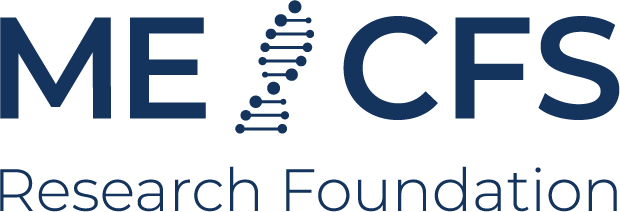Insights into immune cell infiltration and mast cell activation in post-exertional malaise in post-COVID
About
Project description
Post-COVID syndrome (PCS) patients experience fatigue and muscle complaints, often through post-exertional malaise (PEM). This project will study the role of the immune system, inflammation and mast cells in the occurence of these symptoms. The overall goals of this project are to:
1) analyse the immune system in muscles;
2) examine mast cells in PEM; and
3) classify symptoms based on mast cell properties to identify targeted treatments.
The specific objective of this study is to understand the mechanism behind PEM in post-COVID patients by investigating how immune cells, such as mast cells, T cells, macrophages and neutrophils, contribute to muscle repair, inflammation and damage. The research will focus on identifying immune cell characteristics, the impact of infiltrating cells on surrounding tissues, and the link between mast cell activation and PCS phenotypes. The team will analyse the role of immune cells and histamine in PEM, emphasising how the immune system affects muscle recovery. For this, the project group will obtain muscle biopsies from patients and analyse them in the lab using techniques such as ribonucleic acid (RNA)scope and immunohistochemistry. These methods allow researchers to see where immune cells, such as mast cells, T cells and macrophages, are located in muscle tissue and how active their genes are. In addition, histamine degradation products will be analysed to determine their impact on PCS symptoms.
By combining data from the Post-COVID Network Netherlands (PCNN) biobank with previous studies, the project group will define subgroups of patients based on immune profiles and symptoms. The research will provide insight into the mechanisms behind PEM, and develop targeted treatment options. It will also be investigated which patients may benefit from mast cell inhibitors and histamine receptor blockers. The long-term aim is to develop therapies that increase the effort threshold for PEM and shorten its duration. The project will thereby directly contribute to better patient care, clinical studies and research methods in the lab.
Description adapted from project website: see link above.
Patient cohort
Not available.
Patients enrolled: Not available
Age group: Not available

